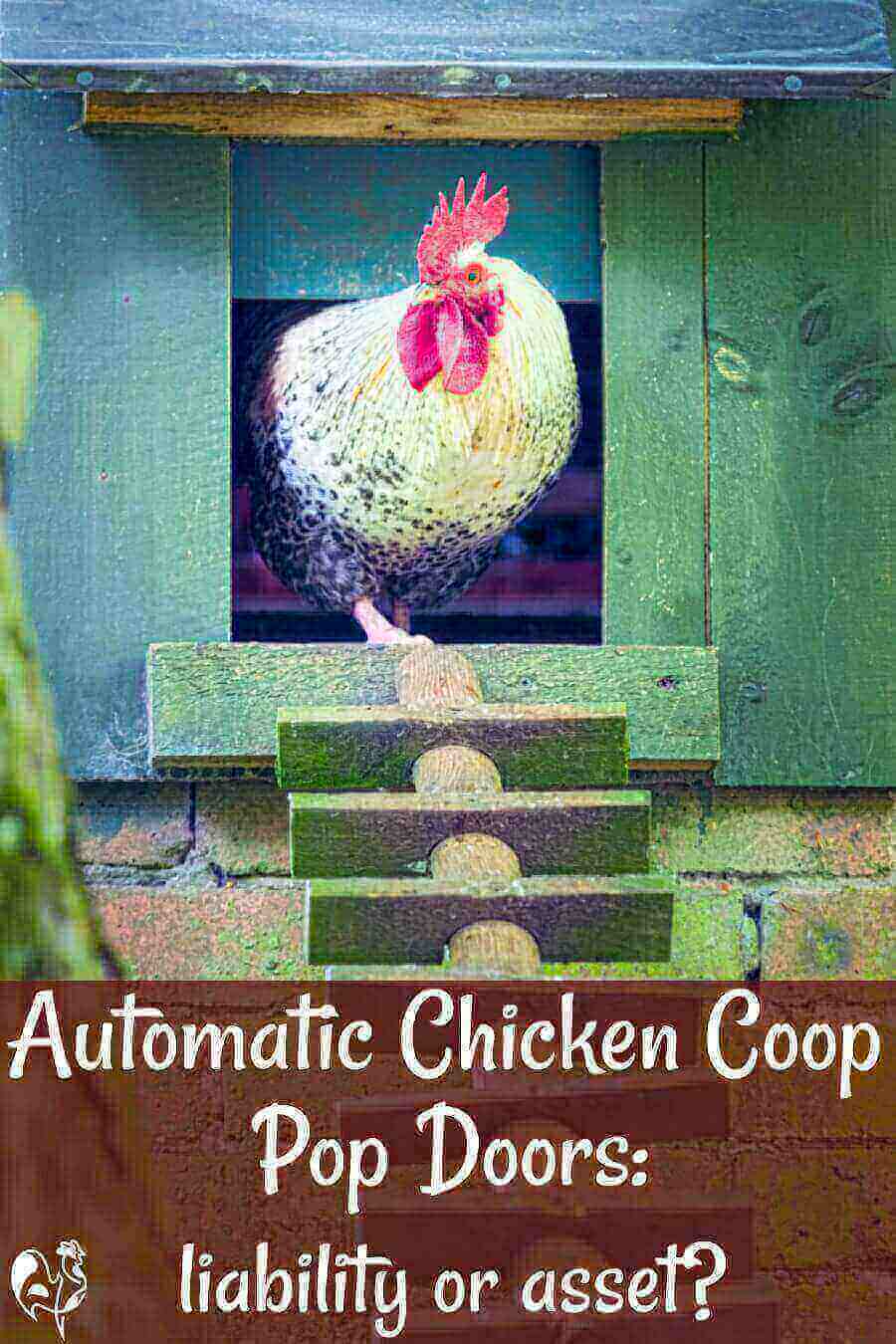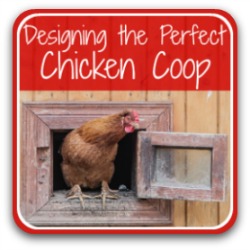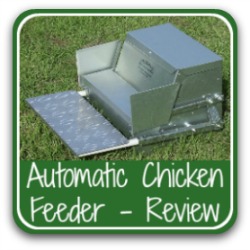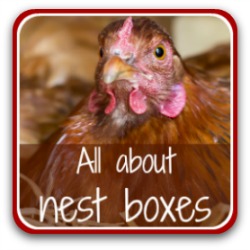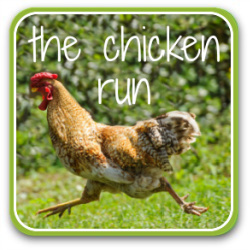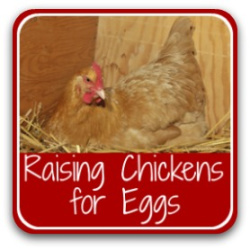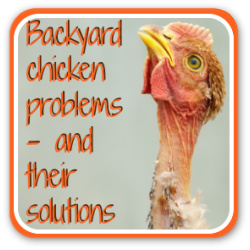Automatic pop doors for chicken coops: are they worth having?
Are you tired of tramping outside on cold, dark mornings to close your chicken house's pop door? Or worried about your flock's safety when you have an evening out?
The answer may be right here!
I have used an automatic coop door for almost as long as I've had chickens, and I wouldn't be without one.
In this article I'll look at why my automatic door is such a success, both for me and for my chickens, and how it could work for you.
Based on my personal experience of an automatic pop door, you'll learn what you need to look for if you intend to buy one: the features which will help keep your chickens safe and the pros and cons of different power sources.
I'll also address any drawbacks I've found, so that you're able to make a properly informed decision about whether it's the right gadget to add to your chicken house.
First things first - what is a pop door?
A "pop" door is simply the door of a chicken house (or coop) which the hens use to "pop" in and out.
Usually, the door is manually operated: in other words, you have to physically go round to the coop to open it every morning and close it at dusk, when the flock has roosted.
Why have an automatic pop door?
- Have you ever had times when you've been unexpectedly detained outside the home and you can't get back to close your flock in for the night? An automatic door takes care of that for you.
- Have you ever been so exhausted that you desperately need a lie-in - but at 4am your hens are kicking up a fuss because it's dawn and they can't get out?
- Have you wanted to go away on vacation, or been called away to a family emergency, but you feel bad asking friends or neighbours to call twice a day to let your flock out of the coop?
An automatic pop door, particularly if it's combined with an automatic feeder, can sort all those issues out.
Of course, if opening the coop and watching your chickens run out to meet the day is a source of great pleasure for you, that's fine - stick with a manual door which you open and close yourself.
But an automatic door has changed my life (and my chickens') for the better - and it could change yours, too.
Are there drawbacks?
- Some chicken-keepers worry that their hens will be "guillotined" by the closing door.
- As long as you buy the right model, the door won't just drop - it lowers very slowly. If a hen gets caught by the edge - and none of mine ever have - they'd have plenty of time to either get into the coop, or withdraw.
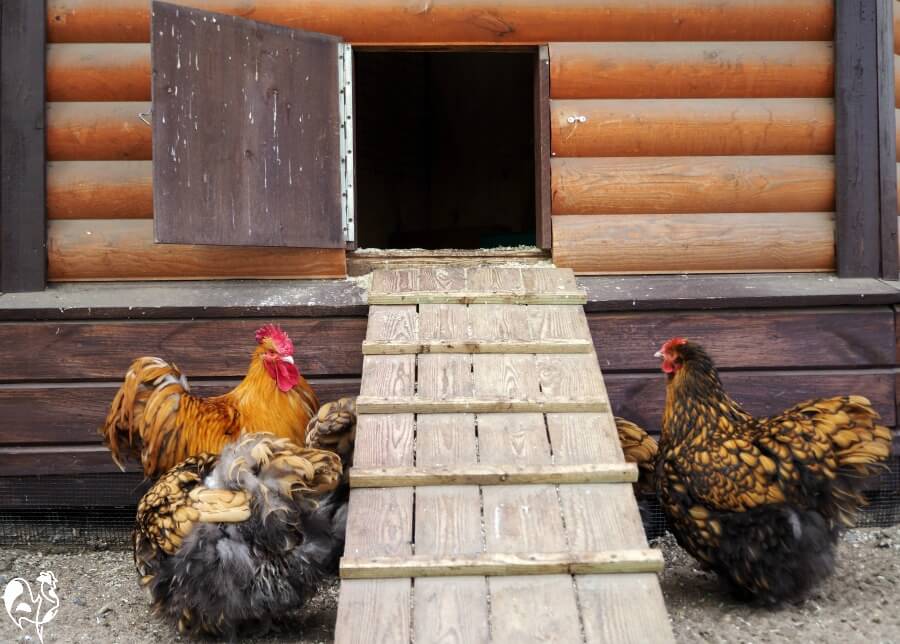 If you prefer a side-opening pop door, automatic may not be right for you.
If you prefer a side-opening pop door, automatic may not be right for you.- It's been said to me that chickens may not know how to get in before the door closes. I've not had this experience. Chickens instinctively roost just before dusk. As long as the door is set for after the time they normally roost, this really shouldn't be a problem.
- Many people like to do a head-count to make sure all their chickens are safely inside at night. Of course, you can still do that - an automatic door just makes sure the flock are safe if you're not able to get to them for any reason.
- Predators are more likely to strike when there are no people around. So having your flock out when you're not there can be a problem, unless you have good security fencing and / or a Livestock Guardian Dog.
Features to look for in any automatic pop door.
Cautions.
Whether you decide to buy the Chicken Guard pop door (which is what I use), or any other model, there are features you need to take into account for your individual situation.
Before we look at features offered by different models, consider these three cautions.
Gravity feed: Some models rely on gravity to close. These are far more likely to trap a chicken who's coming into the coop a little late. Make sure you choose a model which has a motor which controls the speed the door closes.
Weather: if you live in an area where temperatures drop below freezing regularly, be sure the model you're considering is able to cope. Equally, if you regularly have heavy rain make sure the control box is waterproof. Always look for details of operating conditions.
Price: Be very careful of cheap automated pop doors. Some are made in China and are poor quality. At best, you'll be wasting money. At worst, you could be buying a product which will actually damage your chickens.
Now let's move on to review features you need to consider before buying.
Automatic coop pop doors: size and make-up.
The size of the pop door is one of the most critical things to consider. It was a mistake I made, and got it wrong. It's very simple:
Make sure the door you choose is large enough to fit not only the chickens you have now, but any breeds you may choose in the future.
Motor: Make sure that whichever motor you choose is able to cope with the weight of that size door.
Size: Larger breeds, obviously, need larger sized doors. And larger doors need a larger motor. Straining a small motor with a large, wooden door will burn the motor out very quickly.
Door material: Wooden doors weigh far more heavily than metal. Aluminium is the lightest of all.
So the best combination is a lightweight door with a robust motor.
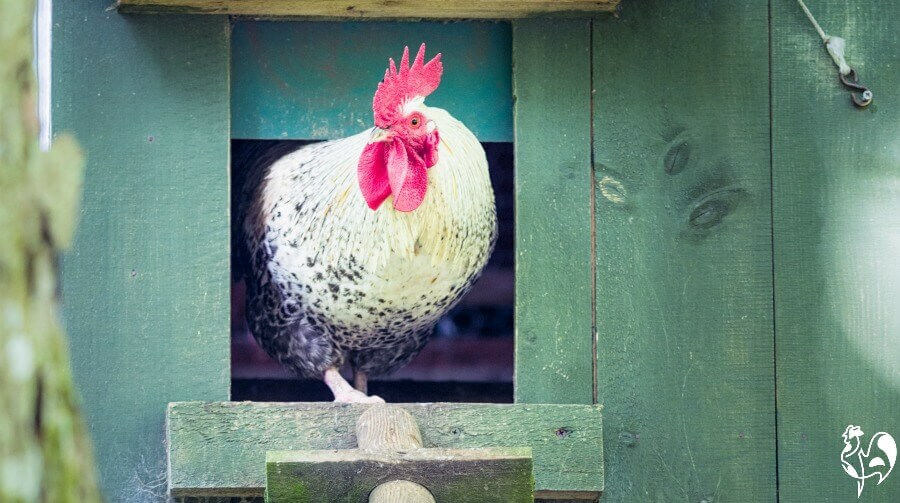 Chickens have plenty of time to move in and out of the coop with an automatic coop door.
Chickens have plenty of time to move in and out of the coop with an automatic coop door.Motor only, or complete kit?
Most companies sell either the motor control box by itself, or a "kit" containing both the motor and a door.
In the case of having the box only, you'll need to have your own door and it will need to suit the specifications (size and weight, for example) of the motor.
My advice would be to go with a complete kit. Trying to figure out specifications using another door is complicated and runs the risk of not fully closing, for example, or the motor being unable to lift the weight.
The control box.
Some general features to look for in the control box:
Size of buttons: This may sound strange, but bear in mind you'll be using the automatic pop door in the wold of winter. Buttons need to be large enough for you to use when you're wearing gloves!
Covered wiring: Rodents and predators, particularly the weasel group and raccoons, are very good at chewing through or otherwise dismantling wiring. And chickens can be tempted by that nice, red, juicy-looking "worm" that turns out to be a live wire.
Make sure any wiring in the device you choose is well covered and you'll be more secure in the knowledge that the control box can't be tampered with.
Waterproof: We've mentioned this earlier. Make sure the box is waterproof - humidity will stop the motor working.
Opening and closing options: timer.
This means you control the time you want the door to open and close by setting a simple timer. Some automatic pop door machines feature this as the only method of opening and closing, and if that suits your needs you're likely to find the product will be less expensive.
You'll also be able to vary the times as the seasons become longer or shorter, or if you need to keep the chickens in one day while you clear the run, for example.
Drawbacks? Only that you'll need to repeatedly remember to change the times.
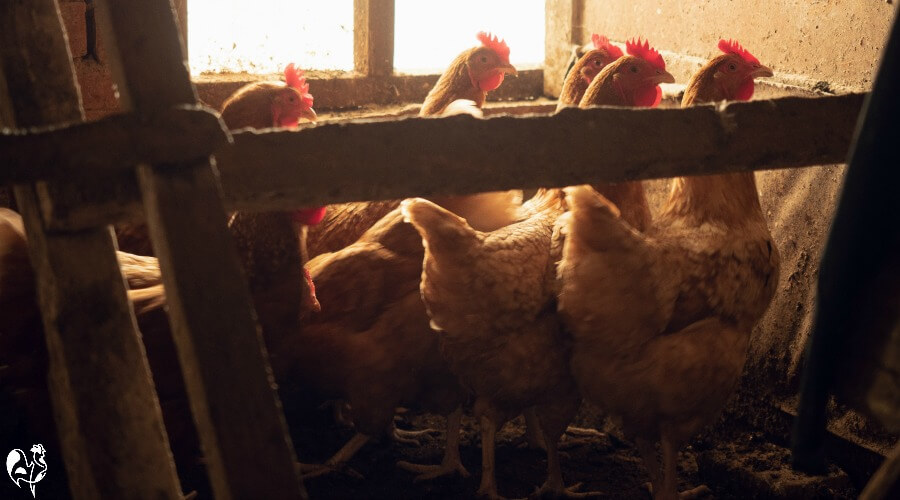 Before automatic pop doors - the queue to leave the coop!
Before automatic pop doors - the queue to leave the coop!Opening and closing options: light sensor.
This option means the opening and closing is based on the amount of light: the door opens when the light increases with the dawn and closes at dusk.
Obviously, this options requires that the box be positioned where it can detect changes in light. It doesn't have to be bright sunlight - the sensors are fairly sensitive.
Drawbacks? Some people report them being triggered by bright moonlight or a passing car using bright headlights.
I've never had either of those problems. And I live in a place where the night sky is usually very clear, and the coop door is about three feet from a lane (even though cars rarely come down it!).
Opening and closing options: combination.
This gives you the option of using either a timer or a light sensor. You choose, and you can also over-ride either and open and close the door manually should you need to.
My advice would be to go with this option. It gives you more flexibility.
Which power source will suit your situation best?
There are three different options for powering your pop door's control box: a solar panel, mains electricity or batteries. Some models offer a combination of both batteries and mains electricity.
Whichever you choose, bear in mind that all wires must be hidden from view. Chickens love to peck at any object which looks even vaguely like a worm, and rodents of all kinds enjoy nothing more than eating through them.
The last thing you want is your automatic pop door disabled without you realising it.
Let's examine each possible power source in turn.
Solar power.
It's a great option if you're environmentally aware, particularly if you're "off-grid", and if you don't want to run electricity to your chicken house.
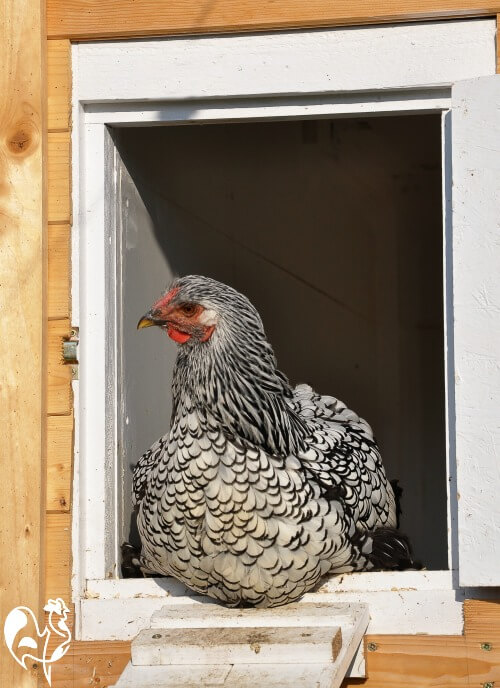
However, products which have this option can be expensive.
And although small solar power panels don't need constant sunshine to perform adequately, they can be inconsistent in the winter, or in areas that tend to be overcast.
Electricity as a power source for your chicken coop pop door.
If your chicken coop is near an electricity supply, this may be a good option for you.
The only real disadvantage is the possibility of a power outage, and forgetting that the pop door would then need to be manually lowered or raised.
Battery power.
Most control boxes have a battery powered option - in fact, any product that doesn't should really be disregarded. Batteries avoid the need for electricity, which can be a potential source of fire, and they're an inexpensive option.
Most pop doors will operate for around six months from four small (AA) batteries.
The disadvantage to batteries is not realising they're about to stop working. Some automatic pop doors have a "low battery" indicator. Otherwise it's a question of remembering to review battery life every four to six months.
My view? Always buy a unit with a battery option, even if you intend to use one of the other power sources. Batteries are a good back-up option in case of power outages or solar panels not functioning.
Automatic pop doors for chicken coops: are they worth having?
Let's return to the original question: are automatic doors on a chicken house worth the investment?
Of course, it's up to you to assess your individual needs. My personal view is that, despite the cost and the time needed to install them, they're a real boon. Mine...
- ensures my flock is safely locked up at night, even if for some reason I can't get to the coop (I can always do a head count later, if necessary)
- gets my chickens out to greet the day as soon as it's light, without my needing to worry if I'm ill, or away from home
- makes it much easier to ask people to become chicken-sitters if I want to go away from home for any reason!
